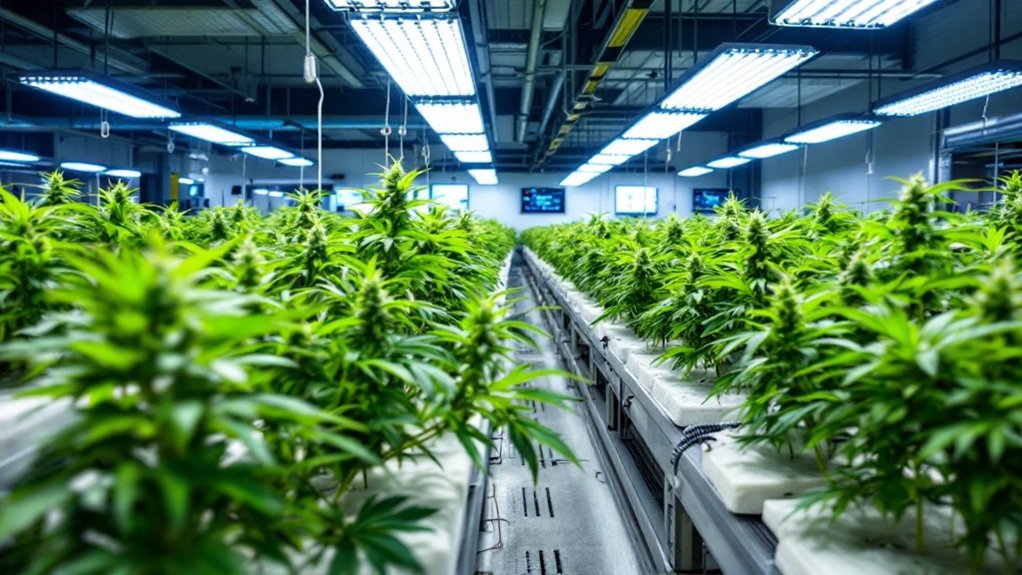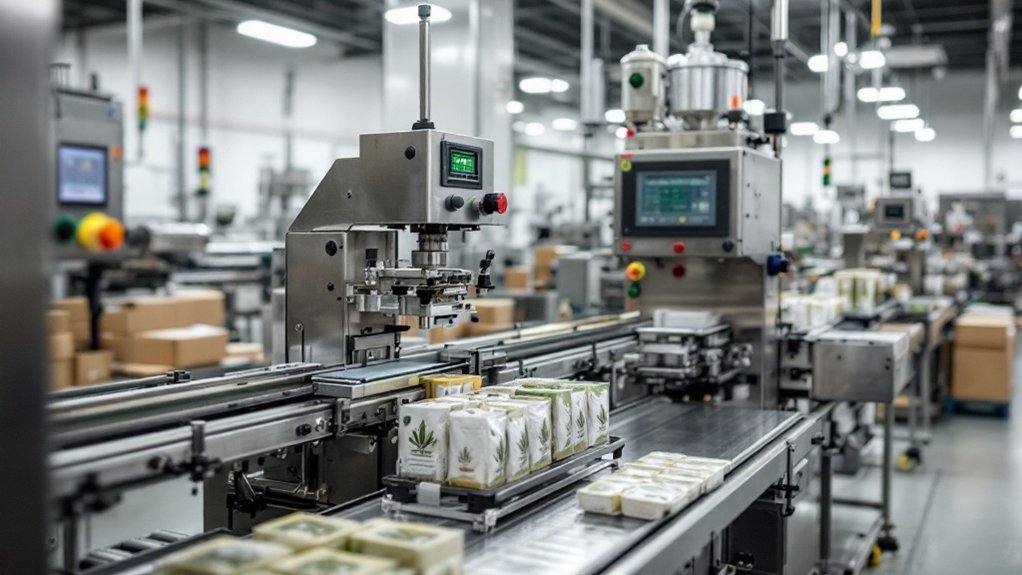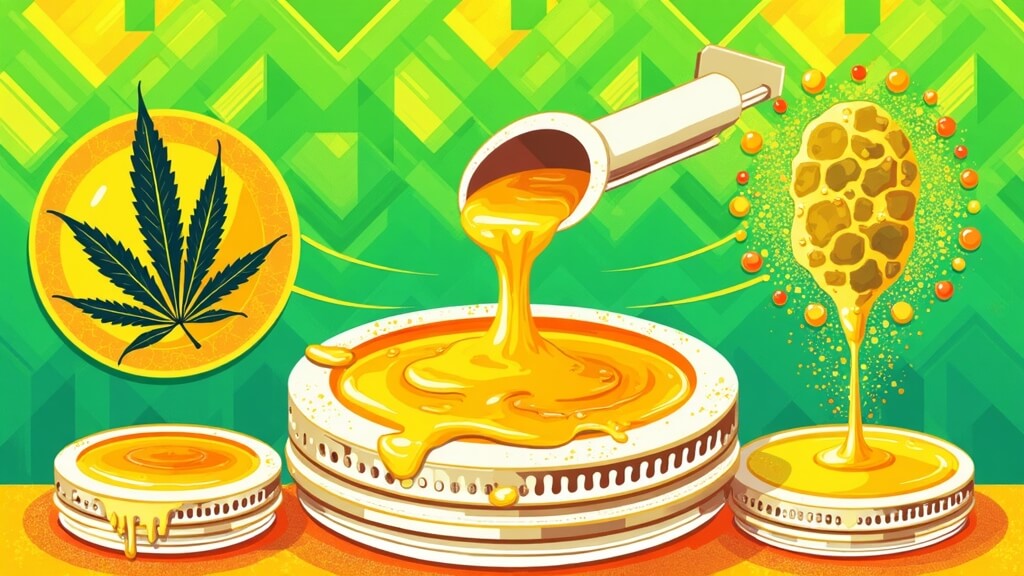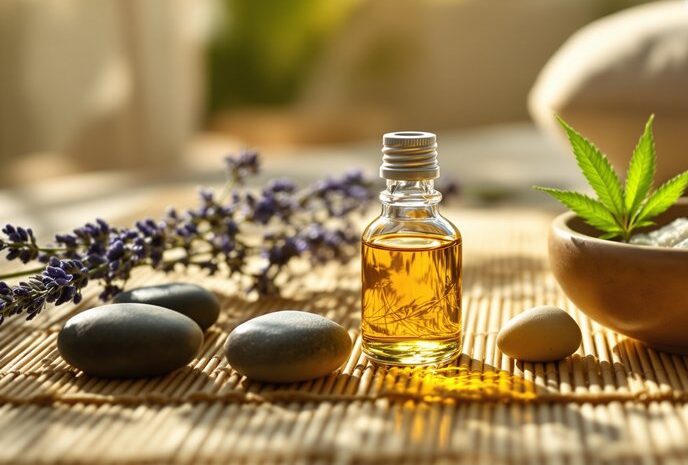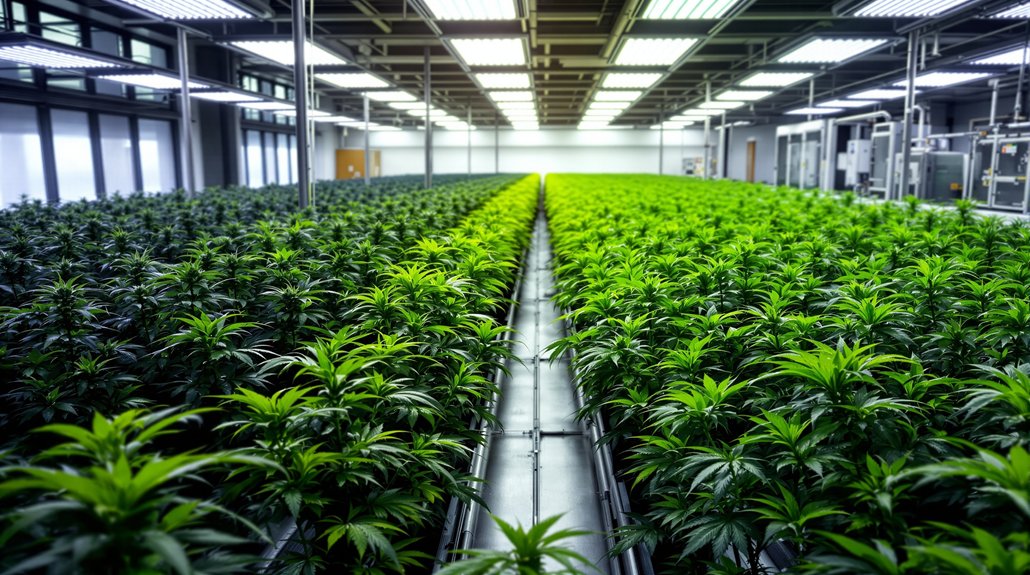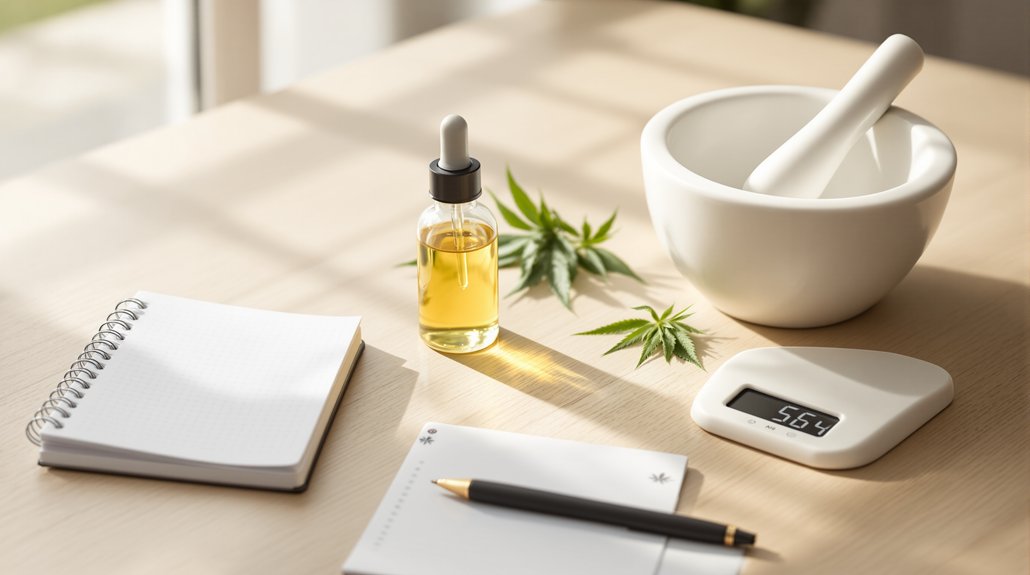Commercial hydroponic supplies for cannabis cultivation have evolved into specialized systems. Growers need specific equipment: nutrient-rich solutions, soilless media like rockwool, high-output lighting, and monitoring tech. Recirculating systems slash water usage by up to 90%. Not cheap, but worth it. Premium setups incorporate automated dosing and remote monitoring, critical for consistency in harvests. The market demands quality, and these systems deliver. The competitive edge lies in the details.
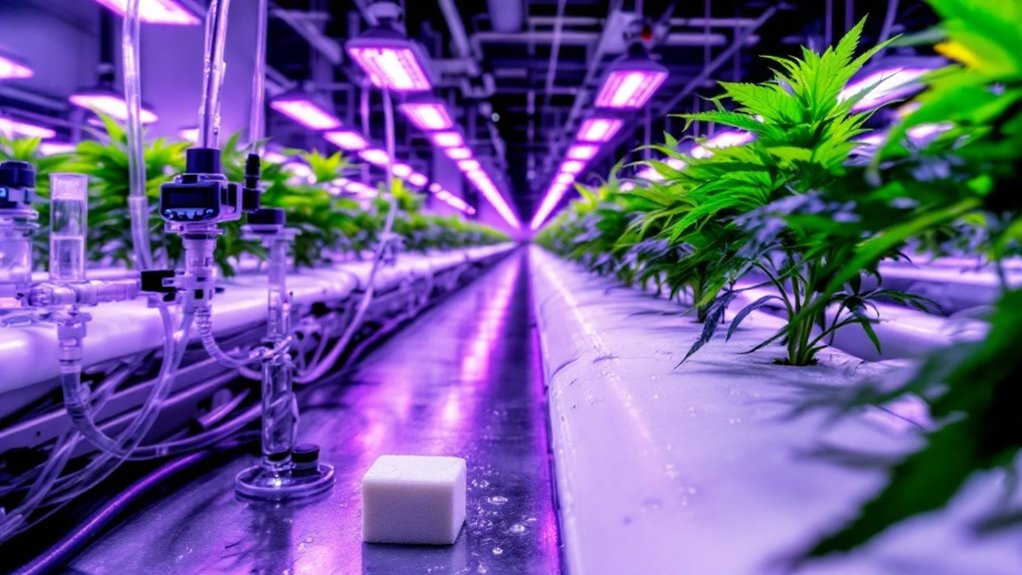
As the cannabis industry continues to evolve at breakneck speed, hydroponic cultivation systems have emerged as the gold standard for commercial growers seeking maximum yield and quality. The numbers don’t lie – hydroponics consistently outperforms traditional soil methods, producing bigger harvests with enhanced potency, flavor, and fragrance profiles. Not that soil growers want to hear that.
Commercial cannabis operations have several hydroponic systems to choose from. Aeroponics suspends roots midair, misting them with nutrients. Deep Water Culture (DWC) submerges roots directly in oxygen-rich nutrient solution. Drip systems deliver nutrients right to the growing medium. Nutrient Film Technique (NFT) uses a thin flowing film of solution. The Ebb and Flow system periodically floods roots with nutrients before draining back to the reservoir. And then there are custom systems. Lots of options. Too many, some might say.
The equipment demands are substantial. Specialized cannabis-specific nutrients, soilless growing media like rockwool or coco coir, high-output lighting, reservoir systems, and monitoring equipment for tracking pH and nutrient levels. It’s a shopping list that would make any CFO sweat.
Water efficiency is where these systems really shine. Recirculating hydroponics dramatically cuts water usage compared to traditional methods. Less waste, more control. Environmental impact? Reduced. Profit margins? Potentially increased. The math isn’t complicated. Fully automated systems can achieve up to 90% water savings compared to conventional cultivation methods.
Commercial operations face unique challenges, though. Space utilization, automation needs, staff training requirements – they all factor in. And don’t forget compliance with ever-changing cannabis regulations. EU GMP standards might apply too, depending on your market.
Advanced commercial setups incorporate remote monitoring, automated nutrient dosing, sophisticated climate control, and integrated pest management solutions. Some even eliminate growing media entirely. Efficiency is king in this business. Many growers partner with Hydroponics Specialists who provide valuable advice based on horticultural experience throughout their projects.
Quality control becomes remarkably precise with hydroponics. Environmental consistency guarantees uniform product across harvests. Nutrient concentrations can be fine-tuned to optimize cannabinoid and terpene profiles. The result? Premium product that commands premium prices.
And in today’s competitive cannabis market, that kind of edge isn’t just nice to have – it’s essential.
Frequently Asked Questions
How Often Should I Replace Hydroponic Nutrient Solutions?
Hydroponic nutrient solutions need replacement every 1-2 weeks, period.
Commercial cannabis growers can’t skimp on this. Smaller plants? Maybe stretch it to 3 weeks. Mature plants? Seven days, tops. It’s science, not suggestion.
Some growers use the top-off method – once you’ve added a reservoir’s worth of water, dump everything.
Monitor those ppm and pH levels daily. Ignore this advice? Enjoy your nutrient lockout and pathogen party.
Plants will hate you for it.
Can I Reuse Growing Media Between Cannabis Cultivation Cycles?
Many growing media can indeed be reused between cannabis cultivation cycles.
Clay pellets? Fully reusable with thorough cleaning.
Rockwool? Reusable too.
Coco coir breaks down gradually over time.
The environmental benefits are substantial, less waste, reduced resource consumption.
But cleanliness is non-negotiable. Pathogens love hitchhiking between cycles.
Cost-effective? Absolutely.
Though some media require more cleaning effort than others. Labor costs matter.
Every grower’s dream: sustainable cultivation that doesn’t break the bank.
What Are Common Signs of Nutrient Deficiencies in Hydroponic Cannabis?
Hydroponic cannabis plants tell tales with their leaves. Nitrogen deficiency shows yellowing from bottom up.
Calcium issues? Look for those brown spots on leaf edges and deformed new growth.
Magnesium problems reveal themselves through interveinal chlorosis on older leaves – green veins, yellow between.
Iron deficiency? Same deal but on new growth.
Plants can’t talk, but they communicate plenty. Their symptoms are screaming for attention.
Listen up.
How Do I Prevent Algae Growth in My Hydroponic System?
Algae: the green menace of hydroponic systems everywhere.
Prevention starts with blocking light – aluminum foil or FLORACAP on reservoirs work wonders.
Some growers swear by hydrogen peroxide treatments, 10ml per gallon, three times weekly.
Others? They’re introducing beneficial bacteria that outcompete the slimy invaders.
Regular maintenance matters too.
Combination approaches yield best results.
Light blocking plus Hydroguard? Complete algae reduction.
The battle against green gunk continues, but victory is possible.
Is It Better to Use Organic or Synthetic Nutrients for Cannabis?
The synthetic versus organic nutrient debate rages on.
Synthetics deliver fast, precise results, perfect for hydroponic setups. Immediate availability means quicker growth cycles.
Organics, meanwhile, create living soil ecosystems. Better flavor profiles, they say. Smoother smoke too.
Each has trade-offs. Synthetics require pH monitoring but offer consistency. Organics build soil health but work slower.
No definitive “better” exists. Just different approaches for different priorities.
Choose your poison, or rather, your plant food.
